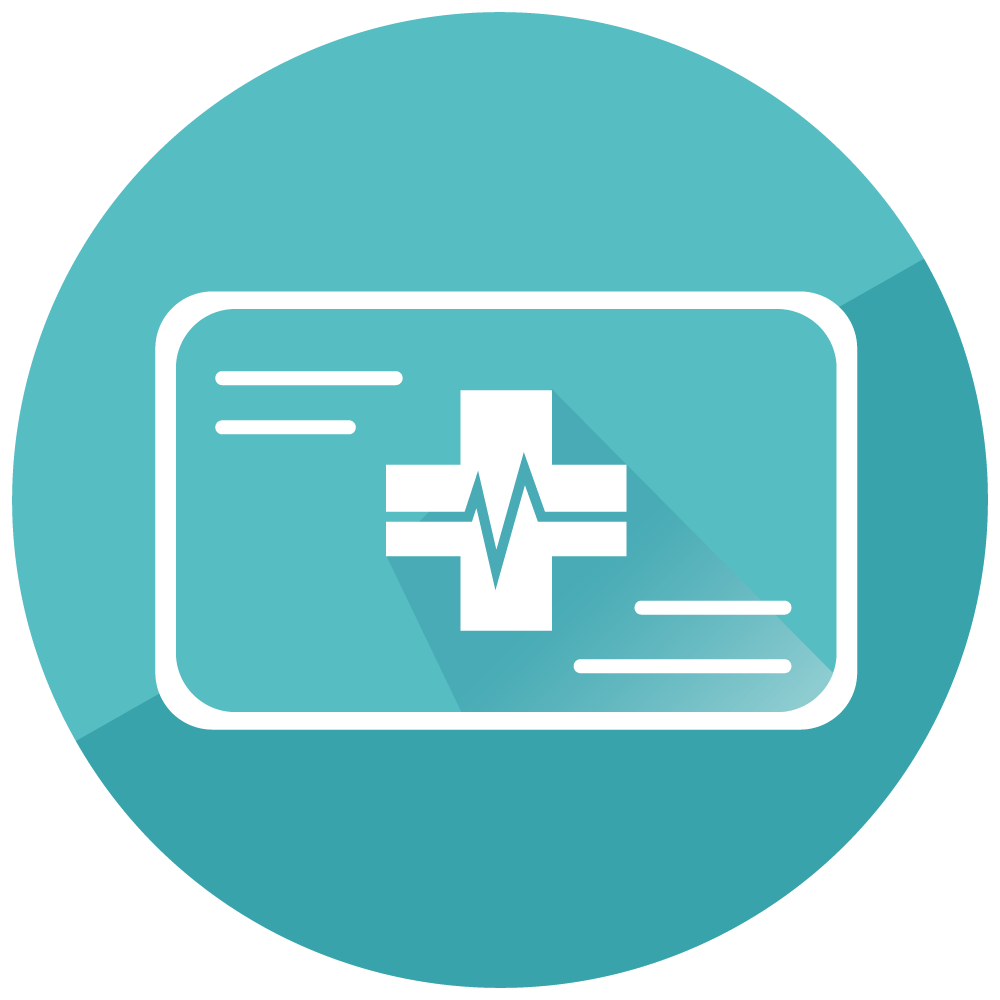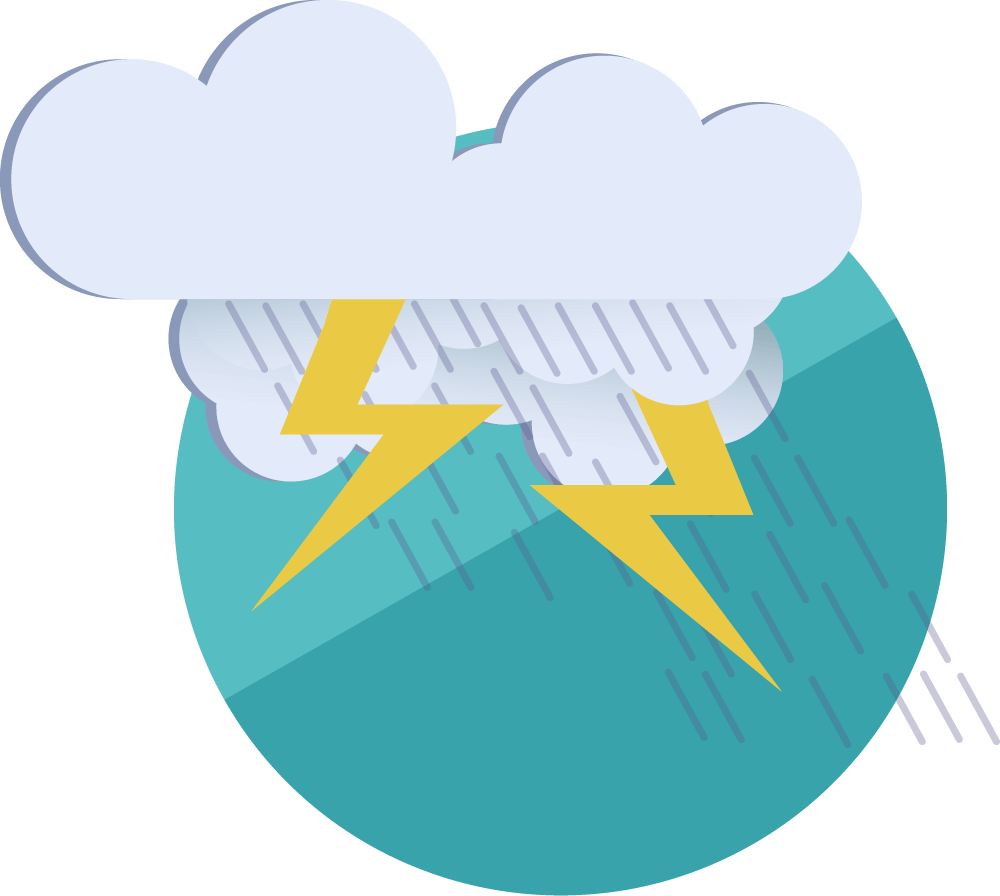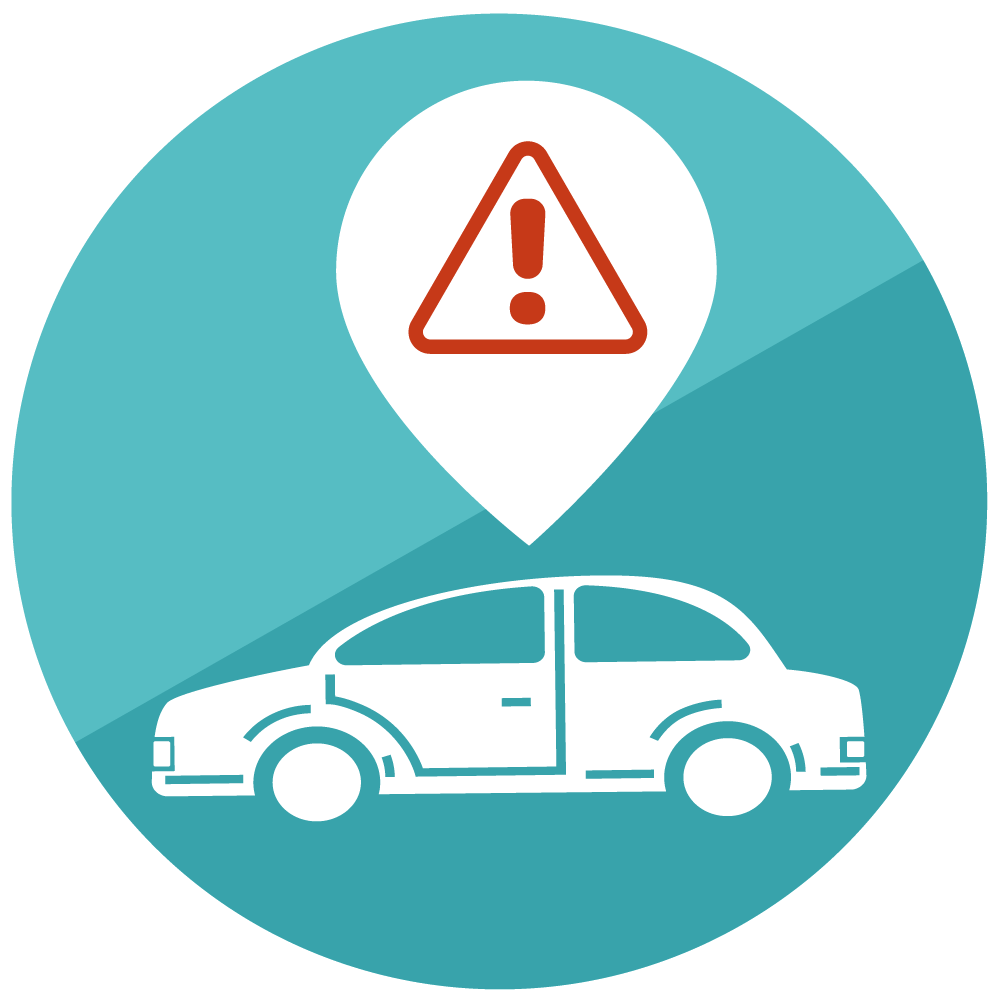Safety & Emergencies
If Delaware experiences a severe weather event, natural disaster, or man-made disaster, you want to make sure that you are prepared and have a plan in place.
In this guide you will find resources about notifications, weather advisories, preparedness, and understanding driving restrictions. Make sure that you and your family are prepared!
Contact Information
DEMA
165 Brick Store Landing Road
Smyrna, DE 19977
(302) 659-3362
Delaware State Police
1441 N. DuPont Highway
P.O. Box 430
Dover, Delaware 19903
(302) 739-5901
Notifications
Weather Notifications
Stay apprised in real time by email of hazardous weather conditions in Delaware when a news release posts on news.delaware.gov concerning events like snow, ice, blizzards or hurricanes by subscribing to weather alerts.
Delaware Emergency Notification System
The Delaware Emergency Notification System (DENS) is the primary system used to warm Delaware citizens about emergency situations.
DENS allows 911 centers to send messages to specific locations or larger areas that might be affected by the emergency event. Since many homes and businesses do not use landline phones today, you can register your mobile phone in the DENS system.
Smart911
Plan ahead for any emergency by giving 9-1-1 the information they need to help you fast by registering at Smart911.
Environmental Release Notifications
DERNS alerts the public of the release or discharge of contaminants or pollutants locally or statewide when thresholds are exceeded.
In response to the 2001 Delaware law codified in Title 7, Delaware Code, Section 6028(a), the Department of Natural Resources and Environmental Control (DNREC) developed the notification system to promptly alert Delawareans to releases or discharges of contaminants or pollutants that meet or exceed certain thresholds in their neighborhoods or throughout the state.

Join the Delaware Emergency Notification System (DENS).
Emergency Alert System (EAS) Radio Stations
- WDEL- AM 1150/ FM 101.7
- WSTW- FM 93.7
- WJBR- AM 1290/ FM 99.5
- WDOV- AM 1410
- WRDX- FM 94.7
- WAFL- FM 97.7
- WZBH- FM 93.5
- WOSC- FM 95.9
Weather
Current Weather Advisories
Check NOAA for current weather advisories and alerts.
The DEOS weather monitoring network is a real-time resource for weather conditions across Delaware.
Hurricanes
Read about DEMA Hurricane Preparedness
Hurricane Severity
- Tropical Storm: Maximum sustained surface winds, using a one-minute average, is between 39-73 miles per hour
- Hurricane: Maximum sustained surface winds, using a one-minute average, is greater than 74 miles per hour
- Tropical Storm or Hurricane Watch: A tropical storm or hurricane is possible; typically issued 48 hours in advance of the area being hit by the storm.
- Tropical Storm or Hurricane Warning: A tropical storm or hurricane is expected to affect the area soon; typically issued 36 hours in advance of the area being hit by the storm.
Learn more about hurricane categories
Tornadoes
Tornadoes are incredibly violent, so you must be prepared to act quickly if a tornado occurs.
Tornado Severity
- Tornado Watch: A tornado in your area is possible; be prepared to take shelter if needed.
- Tornado Warning: A tornado has been sighted in your area; take immediate action for your safety.
Winter Storms and Floods
Winter Storm Severity
- Winter Storm Watch: A winter storm is possible.
- Winter Storm Warning: A winter storm is coming.
- Blizzard Warning: A blizzard is coming; seek shelter immediately.
Flood Severity
- Flood Watch: A flood might occur in your area; stay up to date with weather development through television, radio, or online alerts.
- Flash Flood Watch: A flash flood might occur in your area; be prepared to move to a higher elevation.
- Flood Warning: A flood is occurring or will occur very soon in your area; you might be advised to evacuate.
- Flash Flood Warning: A flash flood is occurring; seek higher elevation on foot immediately.
In the event of a flood, move valuable items and important documentation to higher floors or locations in your home.
You can prepare for a flood by getting insurance that covers flooding. Read more about flood insurance here.
More Hazard Preparation Resources
Preparedness
Disaster Preparedness
Emergency Kit
- It is important to collect supplies and build a disaster supplies kit that your family can use in the case of an emergency.
- Red Cross Emergency Preparedness Checklist
Important Preparation Tasks
- Purchase or build a first aid kit. Include any essential medications that your family members might need.
- Ensure that each member of your household has a warm coat, hat, mittens or gloves, socks, and water resistant boots.
- Keep extra blankets on hand at home in the event that you lose power and in your car in case you get stuck on the road.
- Keep flashlights, battery powered radios, and additional batteries in an accessible locations.
- Store a water supply of three gallons per person, canned food, and a can opener.
- Determine where you can go if you need to evacuate, and make arrangements for your pet to be cared for in the event that they cannot come with you.
Make a Plan
Your family may not be together when disaster strikes, so it is important to plan in advance how you will contact one another, how you will get back together, and what you will do in different situations.
FEMA provides numerous types of plans that you can download, fill out, and print for your family. Emergency plan templates include: Communication plans for parents, kids, emergency plan for pets, commuters, and evacuation planning.

Be prepared. Have a medical card easily available in case of emergency.
Medical Card
A medical card can help to save you life. It is important in the situation in which you are unable to give medical professionals vital information about your health.
Pets
- Your pet should be part of your disaster plan. Get tips on what you need to consider when planning for your pet in an emergency.

Include your pet in your disaster plan, visit ready.gov/animals.
Terrorism
Report a tip
- By phone 1-800-367-2312 You may remain anonymous when you report by phone
- By email force12@delaware.gov
- By submitting a tip using Delaware State Police's online tip submission form
When reporting a terrorism tip, please include the following information if possible:
- Who you observed
- What you saw (be specific)
- Where you saw it
- When you saw it
- Why it is suspicious
- If the person was driving a vehicle, provide the license plate number, make, model, year, and color of the car
Please Note
The Anti-Terrorist tip line is not meant to replace 911. Call 911 for immediate threats or active issues.

Be prepared during adverse weather conditions.
Disaster and Emergency Preparedness

Be aware of driving warnings and restrictions.
Driving
Driving Warnings and Restrictions Due to Unsafe Conditions
When there are severe weather events or other unsafe conditions, the Governor may issue a Driving Warning, Restriction, or Ban. Press releases announcing these conditions are posted on Delaware News' weather notifications area. You can also sign up to receive weather-related press releases.
Level 1 Driving Warning
Drivers are discouraged from operating a motor vehicle on the state’s roadways, unless there is a significant safety, health, or business reason to do so. During a level 1 Driving Warning, all citizens are asked to drive with extreme caution.
Level 2 Driving Restriction
Travel on the roads is restricted to emergency workers, public utilities, healthcare providers including hospital staff, public and private operators of snow removal equipment, private sector food and fuel deliveries. Industries, companies or organizations that have been provided a waiver, are also permitted to be on the road, including businesses with pressing continuity and operational issues.
Level 3 Driving Ban
Complete ban on driving except for first responders, utility personnel, and public or private snow removal. Businesses and organizations should adjust work schedules so that employees do not need to be on the roads during a Level 3 Driving Ban.
Level 3 Bans are different from Level 2 Restrictions. Level 2 allows people with waivers and essential personnel to remain on the road, whereas a Level 3 Bans are much stricter, only allowing emergency personnel.
Driving Waivers
Apply for a State of Emergency Driving Restriction Exemption Application.
Apply for a State of Emergency Level 2 Driving Restriction Waiver.
Please Note
Waivers are not valid during a State of Emergency Level 3 driving ban.
Essential Personnel
Level 2 Driving Restriction
Essential personnel include those who are necessary state personnel or those who provide healthcare services, food deliveries, and fuel deliveries during a state of emergency in both public and private industries.
Level 3 Driving Ban
Includes first responders, some state employees (i.e. police officers), people the governor has approved through executive order (i.e. utility workers), and operator of snowplows or debris removal equipment that have been hired by the state or private interests.
Transportation Safety
Hazards
Natural Hazards
A natural hazard is a weather-related incident such and ice and snow storms, hurricanes, tornadoes, nor’easters, and flooding that pose the risk to cause significant damage.
Get assistance during a natural disaster:
Nuclear Hazards
Hazardous material risks in Delaware
Delaware’s borders are within 50 miles of four nuclear power plant sites:
- Salem/Hope Creek, NJ
- Calvert Cliffs, MD
- Peach Bottom, PA
- Limerick, PA
Radioactive material is transferred through Delaware by air, water, and roadway. Since 1995, six shipments of radioactive material have been transported across Delaware’s waters.
What to do in the event of a hazardous disaster
- Go indoors or stay indoors and close all windows and doors.
- If you are in the car seek immediate shelter. If you must remain in your car, turn off the air conditioner/heater and keep the windows and air vents closed.
- Turn off heating, cooling, and ventilation systems.
- Choose an above-ground shelter room and use duct tape and plastic sheeting to seal all windows, doors, vents, pipes, and cracks.
- Avoid the contamination area or anything that may have come into contact with the contamination, including food and water.
- If you must go outside, keep your body fully covered.
If you must evacuate during a hazardous disaster:
- Gather what you and your family might need, as you might be away for a few days (i.e. identification, money, credit cards, medication).
- Turn off heating, cooling, and ventilation systems in your home and lock your doors and windows.
- Make arrangements for how your pet will be cared for if they cannot come with you. Pets are not allowed in shelters.
- If you must evacuate during school hours, do not try to pick your child up from school. They will be cared for by school officials.
- Try to limit your phone use and only use it in emergency situations.
Related Topics: driving, emergencies, emergency, hazard, notification, preparedness, safety, weather


